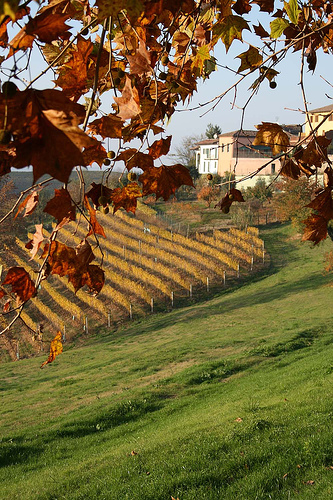
Nieve by Rachel Black
Where
Piemonte (Piedmont) is in the northwest corner of Italy and borders the Aosta Valley (Valle d’Aosta) and Switzerland to the north, France to the west, Liguria to the south, and Lombardia to the east. Piemonte is known for its white truffles, cheese, red wine, risotto, chocolate, hazelnuts, chestnuts, and beef. It’s one of the most important wine regions in Italy. When I think of Piemonte I think of the taste of the earth in autumn: the mustiness of the white truffles and Barolo, the tannin of the chocolate, the earthy hazelnuts, and the divine fassone beef. Essentially it is the flavour of everything you can harvest or find in September and October: grapes, truffles, cardoons, hazelnuts, and pheasants. Piemonte is where I got engaged to my husband on a truffle-hunting and Barolo wine-tasting trip. It is also where I got married, at a winery. My mother-in-law is from Torino (Turin), the capital of Piemonte, and the food from this region is the food of my husband’s childhood, which we are now passing on to our children.
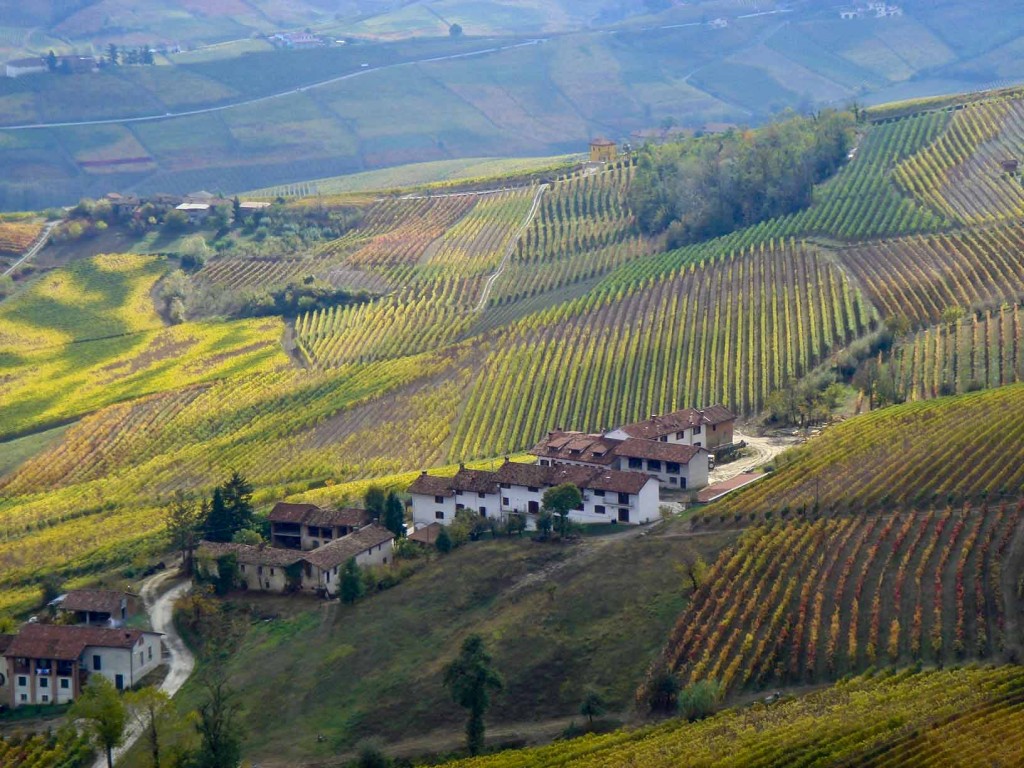
View from La Morra by Meimanrensheng
Piemonte was once part of the Royal House of Savoy. It is filled with beautiful castles, stunning landscapes like those of the terraced vineyards, and lovely cafes where one can enjoy coffee and chocolate. Turin chocolatiers obtained their first license to sell chocolate as early as 1678 and the Swiss learned the art of making chocolate from the Torinesi. It is a great place to go if you have a sweet tooth, as I do.
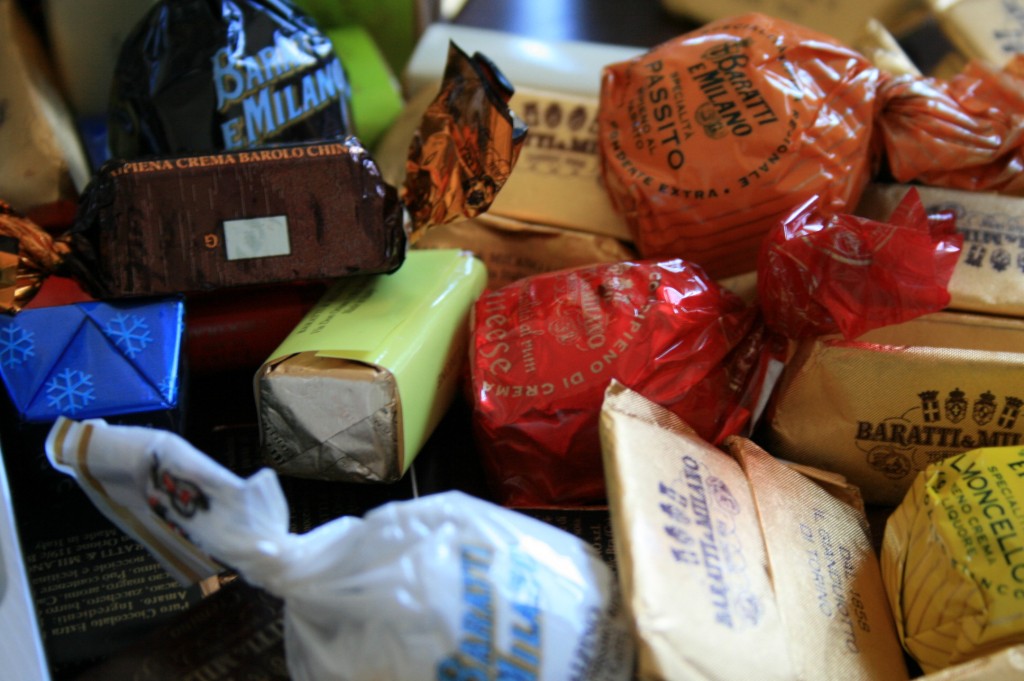
Baratti & Milano chocolates by Hamburger Helper
What to See
The Baroque city of Torino was part of the House of Savoy for almost 900 years and was the capital of the first Kingdom of Italy. Many famous companies were created or had their headquarters here, including Fiat, GFT (the owners of Armani, Valentino, and Cerruti), Lavazza, Cinzano, and Martini & Rossi. Nietzsche wrote major works in Torino and lived the last of his years there.
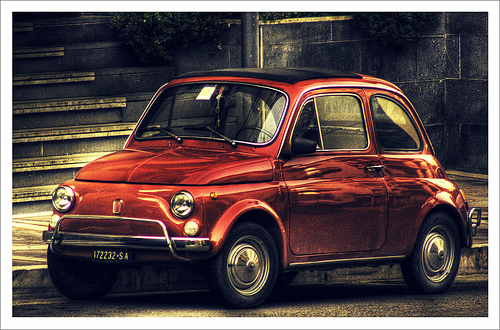
Fiat by Sabrina Campagna
Cultural places to visit include the Museo Egizio (one of the best collections of Egyptian antiquities in the world), Galleria Sabauda (a gallery housing the important art collections of the House of Savoy), Museo del Cinema (a museum dedicated to the history of cinema), Museo dell’ Automobile Carlo Biscaretti di Ruffi (a historical car museum), and the Holy Shroud (said to be the cloth Jesus Christ was wrapped in after the crucifixion) that is housed in the Renaissance cathedral, or Duomo. Outside Torino, Sacra di San Michele (a Benedictine abbey) is also worth visiting: it’s situated on a hill with great views of the Alps. Castello di Rivoli is a Savoy castle above Turin which houses a modern art museum. La Venaria Reale is also nearby and is one of Europe’s finest galleries and grounds.
Outside of Torino, Saluzzo is a pretty medieval hillside town with a castle, Castello della Manta. This aristocratic residence dates from the 12th century and features a beautiful fresco cycle.
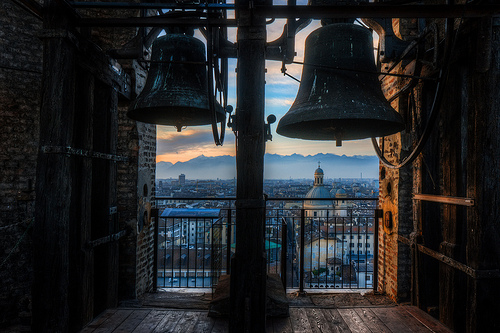
From the bell tower of the Duomo in Torino by Andrea Mucelli
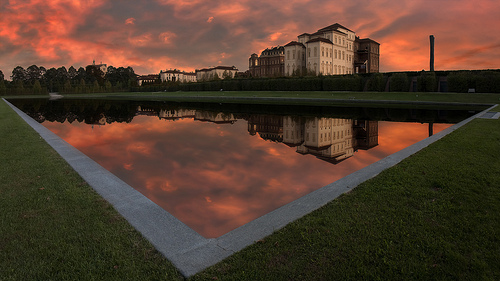
Venaria Reale by Andrea Mucelli
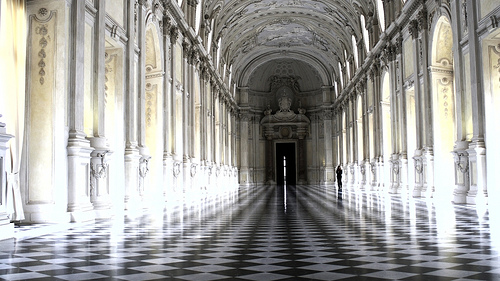
Great hall in Venaria Reale by Luca
My husband loves the Langhe hills as they are home to some of his favourite restaurants and wineries that produce Barolo and Nebbiolo wines. There are many picturesque towns in the Langhe including La Morra, Barolo, Neive, Belvedere Langhe, Bossolasco, Monforte, Dogliani, Serralunga d’Alba, Grinzane Cavour, and Alba. Alba is world famous for its white truffle fair and auction in the autumn. The wine route from Acqui Terme (a Roman spa town), Strada dei Castelli dell’Alto Monferrato, is a spectacular drive through the hills and valleys of this prestigious winemaking area.
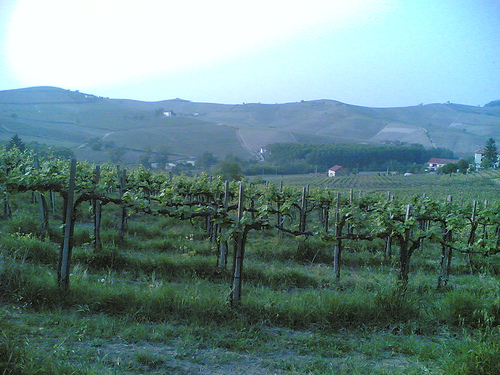
Langhe in Piemonte by Andrea Puggioni
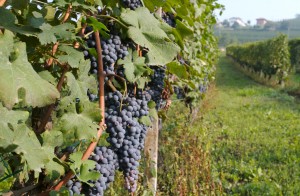
Nebbiolo grapes by Farbfoto
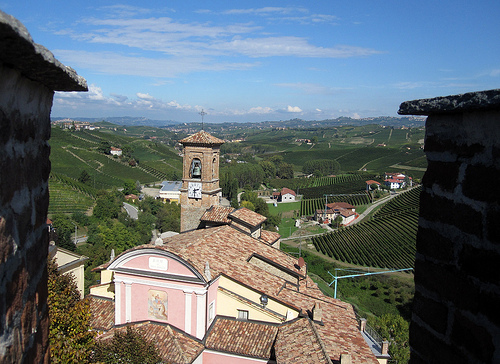
Barolo by Artnbarb
Other suggested places to visit in Piemonte include: l’Abbazia di Vezzolano (a medieval town near Asti), Lago Maggiore (don’t miss Arona, Stresa and the palace of Isola Bella – one of the Barromean Islands), Chianale (a tiny stone village of 200 people divided by a stream with a bridge connecting the town), Garessio (a medieval town known for nearby mineral water), Macugnaga (an attractive village with a breath-taking view of Monte Rosa), Mombaldone (a walled medieval castle village), Orta San Giulio (a pretty village of Neoclassical buildings and open gardens sloping down to Orta Lake), Ostana (a lovely village with panoramic views of the Po Valley), il Castello di Racconigi (the Royal Castle of Racconigi, the palace and its landscape park are a UNESCO World Heritage site and a former home of the House of Savoy), Ricetto di Candelo (a stone walled town with 13th and 14th century shelters and towers embellished by flowers), la Palazzina di Caccia di Stupinigi (a royal Savoyard hunting palace outside Torino), Usseaux (a tiny village of stone and wood houses set in an enchanting alpine setting) and Vogigna(a stone village set within the Val Grande National Park).
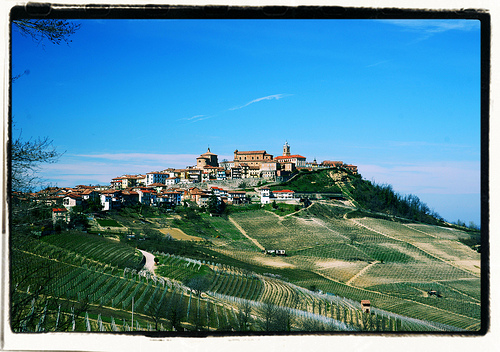
La Morra by GGianni3
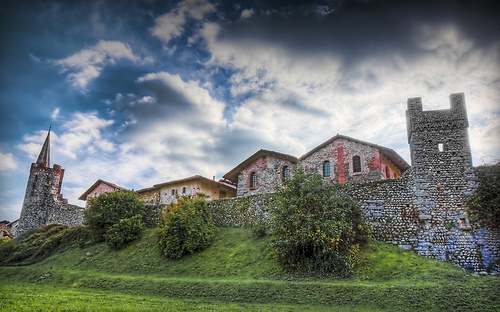
Ricetto di Candela by Andrea Mucelli
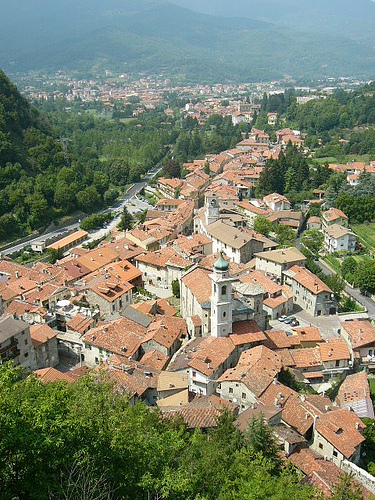
Garessio by Guidosky
Things to bring home include: wine, chocolates, giandujotti, white truffles, torrone, biscuits, Nutella, Toma cheese, tofeja (terracotta bean pots), and household silver.
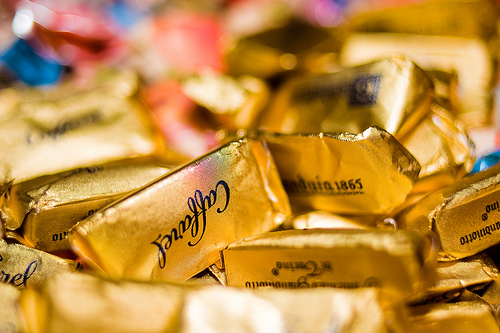
Giandujotti by Sausyn
Places to Visit:
Restaurants in Torino
Amici Miei
Corso Vittorio Emanuele II, 94 Torino +39.011 506 9961 www.amicimieitorino.it/My husband’s favourite pizzeria.
Del Cambio
Piazza Carignano, 2 Torino +39.011.543760This is a very formal restaurant known to be one of the city’s best. Try the vitello tonnato (thinly sliced veal with tuna sauce), agnolotti al sugo di arrosto (pasta stuffed with roast meat with roast meat gravy), finanzeria (mixed meat stew in Marsala wine, vinegar, or white wine), guanciale brasato sulla polenta (braised beef cheeks on polenta), and zabaglione (a hot, creamy egg and Marsala wine dessert sauce).
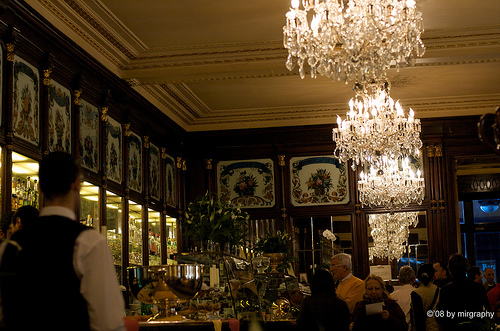
Baratti & Milano by Mirvettium
Baratti & Milano
Piazza Castello, 29 Torino +39.0114407138A beautiful Art Nouveau cafe founded in 1875. This is a good place to buy giandujotti.
Caffe Torino
Piazza San Carlo, 204 Torino +39.011545118 www.caffe-torino.itAnother fine Art Nouveau cafe from 1903. This is a good place to try bicerin.
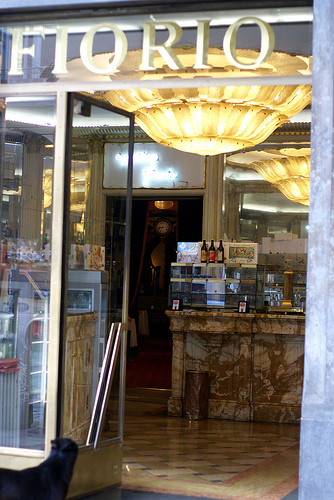
Cafe Fiorio by HEN-Magonza
Fiorio
Via Po, 8 Torino +39.0118173225Renowned for its ice cream (gelato), this cafe was founded in 1780.
Restaurants outside Turin
La Bottega Ristorante di Cesare Giaccone
Via Umberto I, 9 Albaretto della Torre Cuneo +39.0173520147 [email protected] www.cesaregiaccone.comMy husband proposed to me at Cesare Giaccone’s previous restaurant so the chef is very special to us. There is a set menu with some options but dishes which are particularly good are the capretto allo spiedo (spit-roasted kid goat), polentina con salsa di castagne e tartufo bianco (polenta with poached egg, chestnut, and white truffle), zabaglione (a hot, creamy egg and Marsala wine dessert sauce), and the torta di nocciola (hazelnut cake). They also make their own vinegar which is very good.
Osteria da Gemma di Roddino
Via Marconi, 6 Roddino +39.0173794252 https://www.facebook.com/Osteria-Da-Gemma-141283035919485/Closed on Mondays and Tuesdays. Superlative cooking of traditional Piedmontese dishes with a simple but sophisticated presentation.
Eataly
Via Nizza, 230 10126 Torino +39. 011 19506811One of my favourite Italian food stores in the world. It is a wonderland of artisan Italian food products. Divided into different sections, you have people making mozzarella cheese in front of you, others rolling out fresh pasta, and the most dazzling array of vegetables and fruits. There are also restaurants, pastry counters, and a gelateria. There are now also a shops in New York City, Milano, Roma, Bari, Firenze, Genova, Bologna, Incontra, Pinerolo, and Montiallo.
The Larder
Piedmontese food tends to be richer as its cooks love to use cheese, butter, and milk in their dishes, showing the influence of France. The food here is robust and pungent yet delicate. Everything in Piemonte has flavour and you can taste the mountains, the valleys, and the forest. In fact, the name Piemonte means foot of the mountain (as it is surrounded by the Alps and the Apennine mountains).
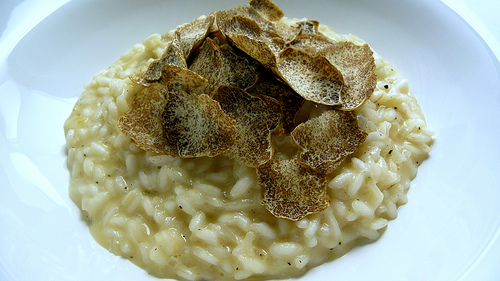
White Truffle Risotto by Moon in her eyes
Piemonte is a land of risotto with Carnaroli, Baldo, Sant’andrea, Vialone, Arborio, and Arborio Superfino varieties being grown here.
“Rice is to the northern provinces of Italy (Lombardy, Piedmont, and the Veneto) what pasta is to the south. The fact that this rice can be cooked contrary to all rules, slowly, in a small amount of liquid, and emerge in a perfect state of creaminess with a very slightly resistant core in each grain gives the risotto its particular character.
The Chinese…have their marvellous national rice dishes:…golden fried rice,…mountains of dry white flaky rice…
The Italian risotto is a dish of a totally different nature, and unique.” Elizabeth David, Italian Food
White truffles at market by Alessandro Giannini
Most people associate white truffles with Piemonte as they are the most expensive food in the world and the best and biggest ones are mainly found here. As yet they are unable to cultivate white truffles so they retain their elusive and quite exclusive character. It feels like every year the price of white truffles climbs and is pronounced to have peaked.
“…The noblest of tubercles, because it is not only delicious to the taste, but is also believed to foster powers the exercise whereof is eminently pleasurable. The origin of the truffle is unknown; it is found, but mystery enwraps its birth and growth.” Jean Anthelme Brillat-Savarin, The Physiology of Taste
‘It may be said that even now as I write (1825), the fame of the truffle is at its zenith.” Jean Anthelme Brillat-Savarin, The Physiology of Taste
Other typical ingredients from Piemonte include game (pheasant, chamois, partridge, hare, and quail), garlic, cardoons, honey, peaches, apricots, cherries, strawberries, apples, melons, pears, plums, cugnà (grape mustard), cheeses (Robiola, Castelmagno, Bros, and Toma), onions, mushrooms (including porcini, porcinelli, and ovoli), asparagus, beetroot, potatoes, peppers, leeks, turnips, radishes, pumpkin, and vermouth.
Menu
“Bollito. The great dish of northern Italy, especially of Piedmont. Visitors often ignore it, supposing that boiled meat must be dull. This is a great mistake.” Elizabeth David, Italian Food
Bollito Misto by Hotel Real Fini
The most famous dishes from here are grissini (breadsticks that are the lightest, crispest you will find), vitello tonnato (veal with a tuna sauce), bagna caoda (raw vegetables with a warm olive oil, anchovy, garlic dip that is mainly eaten in winter), agnolotti (pasta stuffed with roasted meat), risotto con Barolo (risotto cooked in red wine), risotto con tartufi alla piemontese (white truffle risotto), brasato al Barolo (beef braised in red wine), bollito misto (mixed boiled meats), brutti ma buoni (‘ugly but good’ biscuits), savoiardi (crisp lady finger’s biscuits), zabaglione (a hot, creamy egg and Marsala wine dessert sauce), giandujotti (hazelnut and chocolate – out of this world!), and torrone (almond and nougat candy). See recipes here.
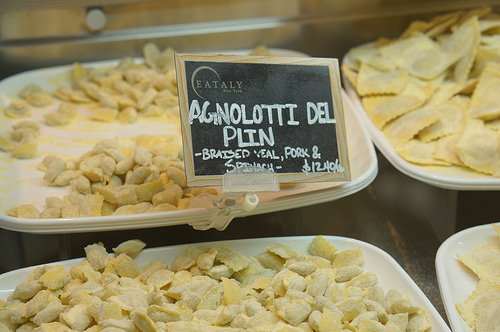
Agnolotti del plin by Blese
Nutella deserves a special mention as it was invented here. I can only describe Nutella as a little piece of heaven which you can put into your mouth. It is hazelnuts and chocolate blended together into a paste which you can put on crepes, toast, ice cream, etc. Beware, Nutella is highly addictive. Gianduia, the locally made artisan chocolate hazelnut spread, is unbelievably even better so look in fine chocolate shops for it. See Piedmontese recipes here.
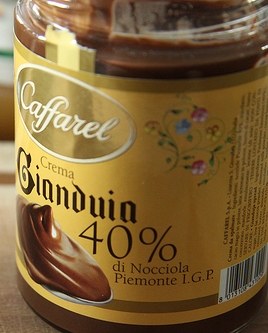
Gianduia by Stephane Houang
Some of Italy’s best fine wines, Barolo and Barbaresco, are from Piemonte. Look for Barolo made by producers such as Aldo Conterno, GD Vajra, Giacomo Conterno, Giuseppe Mascarello, Massolino, Michele Chiarlo, Oddero, and Pio Cesare. The best producers of Barbaresco include: Bruno Giacosa, Bruno Rocca, Gaja, I. Paglieri (Roagna) and Sottimano. Barbera, Dolcetto, and Langhe Nebbiolo are nice red table wines for every day. For Barbera, look for wines from Barbera d’Alba and Barbera d’Asti and producers such as Azelia, Luigi Baudana, Gaja, Vietti, and Voerzio. For Dolcetto, look for wines from Dolcetto di Dogliani and Dolcetto d’Alba made by producers such as Luigi Einaudi and Marengo. For Langhe Nebbiolo look for producers such as Aldo Conterno, Giacomo Conterno, Gaja, and GD Vajra.
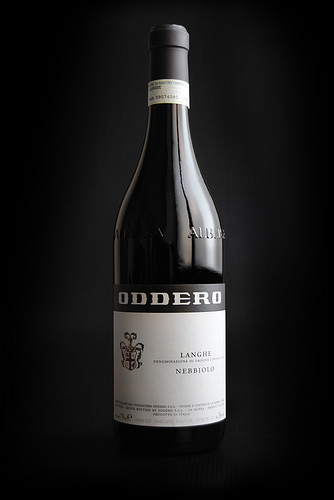
Oddero by DoYouWine
Although the region is not famous for white wines, Timorasso is one of Italy’s best white wines and quite rare. There are also nice white wines from Gavi and the Langhe. The Chardonnay grape has become an important as is the Arneis grape. For white wines from Gavi (Cortese grape) look for producers such as Bergaglio, Broglia, and La Giustiniana. In the Langhe, various grapes are used but for Chardonnay grape based wines look for producers such as Aldo Conterno, Bricco Maiolica, and Gaja; for Vermentino grape based wines try the producer Gianni Gagliardo; for Riesling grape based wines try the producer GD Vajra; and for Arneis grape based wines try the producer Ascheri.
Finally there are simple sparkling wines from Asti, Moscato d’Asti (typically served as a dessert wine) and Asti Spumante, both of which are typically slightly sweet. A good producer of both wines is Cascina Fonda. La Scolca from Gavi is another good producer of sparkling wine.
Related articles:
- The world’s smallest truffle
- Truffle season 2015
- Meet my new love, presenting the chestnut, chocolate and pear tart
- One sauce makes 10 recipes
- Slow Food’s Salone del Gusto and a visual guide to what to eat while in Piemonte
What to Eat
Typical Piedmontese dishes include (the most classic dishes are written in bold):
Pane (Bread)
Grissini (breadsticks)
Pane di Segale (rye bread)
Salumi (Cold Cuts)
Many of the salumi are named after their place of origin and have been made since ancient times.
Mocetta di camoscio / Motsetta / Motzetta (cured aged ham from goat, chamois, or cow cured with garlic and herbs)
Salame di bue (ox meat salami, served cooked or raw)
Salame d’la doja (a soft pork salami with lard or pancetta fat, cured with garlic and Barbera wine and preserved in lard in a doja earthenware pot)
Antipasti (Starters)
Antipasto piemontese (a mixture of starters including salami, sausage, and marinated vegetables)
Bagna caoda / Bagna cauda (raw vegetables such as peppers, celery, cabbage, Jerusalem artichokes, and cardoons and boiled vegetables such as potatoes, beetroot, and cauliflower, served with a warm olive oil, garlic, and anchovy dip)
Caponet / Capuneit (stuffed cabbage leaves or zucchini flowers)
Crostini ai tartufi (bread with a white truffle cream spread)
Insalata di verdure bollite (salad of boiled potatoes, carrots, celery, cauliflower, and peas, served with mayonnaise, sometimes with tuna, capers, and pickles)
Insalata di vitello / Vitello all’albese in insalata (raw veal salad dressed in lemon juice, olive oil, and truffles)
Insalata russa (a cold salad made of potatoes, carrots, peas, and mayonnaise)
Lingua in salsa rossa (boiled beef tongue in red or green bagnet sauce – see Sauces below)
Peperoni corno di bue di Carmagnola (cone-shaped Carmagnola red or yellow peppers, famous because the town of Carmagnola has a festival in the beginning of September to celebrate its peppers)
Peperoni arrostiti con acciughe o bagna cauda (oven-roasted peppers with bagna caoda or dressed with salt, oil, vinegar, and anchovy)
Peperoni ripieni (stuffed peppers with seirass cheese and rice)
Sciule piene (stuffed onions with meat and cheese)
Subrich (vegetable croquettes, there are different types)
Tomini (marinated cow’s or goat’s milk cheese in olive oil flavoured with: pepper, herbs, garlic, or chilli)
Vitello tonnato / Vitel tonné (veal with a tuna, caper, anchovy, and mayonnaise sauce)
Primi (First Courses)
Aia / Agliata canavesana (tagliatelle pasta with a walnut, lardo, and garlic sauce)
Agnolotti (stuffed pasta filled with mixed meats which can be roasted, braised, or stewed, bound with eggs, and mixed with a vegetable such as escarole, chard, cabbage, spinach, or rice, boiled in water or broth, served with sugo di arrosto (roast meat gravy); butter, sage, and Parmigiano-Reggiano cheese; or plain)
Cannelloni (stuffed tubes of pasta with veal, ham, and cheese, topped with béchamel sauce)
Cisrà (chickpea, oil, sage, garlic, and pork rind soup, sometimes includes potatoes, beans, pasta, or croutons, served for All Soul’s Day)
Fonduta /Fondua (Fontina cheese, milk, and egg yolk fondue seasonally topped with shaved white truffle, served with croutons as a starter or as a sauce for risotto, cotechino, boiled vegetables, pasta, or vegetable moulds)
Gnocchi di patate alla piemontese / Gnocchi alla bava (potato dumplings with fontina cheese in milk)
Paniscia di Novara / Risotto alla novarese (risotto with butter, onion, lard, salam d’la doja, and red wine mixed with a soup made from pork rind, beans, celery, carrot, tomatoes, and Savoy cabbage)
Panissa / Risotto alla varcellese (a thick mixture of rice, lard, pork rind, salame d’la doja, red wine, broth, and borlotti beans)
Polenta cunsa / Polenta d’oropa (polenta in butter and cheese)
Polenta alla piemontese (polenta with roasted meat)
Riso in cagnone (rice boiled in broth, served with butter and cheese)
Risotto ai porcini (risotto with porcini mushrooms)
Risotto alla piemontese (risotto with ground veal, chopped sausage, chicken giblets, red wine, and tomatoes)
Risotto alla zucca (risotto with pumpkin)
Risotto con Barolo (risotto with Barolo wine and broth)
Risotto con tartufi alla piemontese (white risotto with truffles)
Skilà / Zuppa dei pastori Val Sesiani (broth of potatoes, onion, leek, and celery, served with rye bread and cheese)
Tajarin in bianco con tartufi (homemade thinly cut egg noodles in butter with truffles)
Tajarin al sugo d’arrosto (homemade thinly cut egg noodles in roasted veal gravy)
Tofeja (thick bean and pork rind soup)
Zuppa canavesana (turnip soup topped with bread and melted cheese)
Secondi (Main Courses)
Anatra ripiena alla novarese (stuffed duck with rice, chopped roast beef, sausage, lard, eggs, garlic, parsley, and nutmeg)
Bollito misto (seven cuts of boiled meat including: capon or chicken, boneless ox blade, round, tip, head, and tail, and cotechino (pork sausage), and vegetables, served with 3 to 5 different sauces: bagnet rosso, bagnet verde, cognà, saossa d’avie, horseradish sauce, mostarda di cremona, or just salt to dip – see Sauces below)
Brasato al Barolo (braised beef in Barolo wine)
Camoscio stufato (stewed chamois with white wine, vinegar, vegetables herbs, and broth)
Fassone (Piedmontese breed of cow whose meat is excellent)
Finanziera alla piemontese (stew of calf’s sweetbreads, brains, testicles, bone marrow, fillet, meatballs, cock’s crests, wattles, and hearts, pickled mushrooms, in Marsala wine, vinegar, or white wine, sometimes with peas)
Fritto misto / Fricia (deep-fried battered veal chops, pork sausage, sweetbreads, brains, zucchini, liver, cubes of sweet semolina, amaretti almond biscuits, bone marrow, griva (meat patties), carrots, cauliflower, and fennel)
Insalata di carne cruda (raw minced Fassone veal or beef marinated in olive oil and lemon juice, sometimes topped with truffles, argaric mushrooms, Parmigiano-Reggiano cheese, or celery)
Lepre al civé / Lepre in civet (hare marinated and stewed in red wine with herbs, spices, and hare liver and served with pan juices, polenta, and boiled potatoes)
Oca alla contadina (goose with garlic and rosemary)
Pollo alla Marengo (chicken with tomato sauce, served with mushrooms, crayfish, and fried eggs on toasted bread)
Puccia dell Langhe (Savoy cabbage and pork stew mixed with corn and wheat polenta and beans)
Tacchinella ripiena alla piemontese (stuffed turkey with chicken livers, vegetables, and spices)
Tapulon / Tapulone (stewed mule or donkey in wine with spices)
Tasca ripiena (stuffed veal breast with salami, onions, Parmigiano-Reggiano cheese, parsley, sage, and onion)
Vitello farcito alla torinese (stuffed veal belly with prosciutto, mushrooms, parsley, tongue, truffles and garlic)
Uova alla piemontese (fried eggs topped with white truffle)
Trota alla piemontese (trout with a sauce made from vegetables and raisins)
Trota del Sesia (pickled trout)
Salse (Sauces)
Bagnet rosso (sauce made from tomato, peppers, anchovy, oil, and vinegar)
Bagnet verde (sauce made from parsley, garlic, pepper, bread, capers, hard-boiled egg, anchovy, oil, and vinegar)
Cognà (grape must with quince, fig, pear, walnuts, and hazelnuts, sometimes with plums or pumpkin)
Mostarda (relish made from fruit, pumpkins, and peas in a mustard syrup)
Soassa d’avidjie (honey, walnut, and mustard sauce)
Contorni (Side Dishes)
Asparagi alla monferrina (asparagus topped with butter and Parmigiano-Reggiano cheese)
Carciofi ripieni alla torinese (stuffed artichokes with meat, truffles, and ham)
Cavolo farcito / Caponet / Capuneit (boiled or fried stuffed cabbage or zucchini flowers with boiled or roast meat, salami, garlic, eggs, and Parmigiano-Reggiano cheese)
Funghi (mushrooms, can be grilled, stewed, or served raw)
Funghi al verde (sautéed mushrooms in butter, garlic, and parsley)
Insalata di ovoli (finely sliced, raw, royal agaric mushrooms dressed with oil, parsley, and lemon juice, sometimes with hard-boiled egg yolk and anchovy)
Peperoni alla piemontese (sweet red and yellow peppers with onion, tomato, and broth, often served with sausage)
Piselli alla pancetta (peas with onion, parsley, and pancetta)
Salada’d coconj / Insalata di funghi (mushroom salad with anchovy)
Turineisa / Zucchine ripiene (stuffed zucchini with veal, sausage, herbs, lemon, and garlic)
Dolci (Desserts)
Amaretti (almond biscuits)
Baci di dama (short crust hazelnut or almond biscuits sandwiching dark chocolate filling)
Bonet / Bunét (chocolate custard with rum and amaretti, sometimes with coffee powder or walnuts)
Brutti ma buoni / Brutti e buoni / Brut e bon (dry hazelnut or almond meringue biscuits, sometimes with cinnamon or cocoa)
Canestrelli piemontesi (thin hazelnut wafers, sometimes with cocoa or almonds or coated in chocolate)
Gianduia (fondant of dark chocolate, hazelnut, and vanilla)
Gianduiotti (hazelnut flavoured chocolates)
Gianduiotti morbidi (chocolate-enriched hazelnut cream)
Krumiri / Crumiri / Biscotti del Monferrato (ridged, curved cornmeal butter biscuits)
Marroni canditi / Marron glacé (candied chestnuts, mainly eaten at Christmas)
Montebianco (a mountain of chestnut purée flavoured with rum and covered with whipped cream and candied chestnuts)
Pere madernassa al vino (stewed pears in red wine with sugar, cinnamon, and cloves)
Pesche ripiene (baked peaches stuffed with peach, cocoa, amaretti almond biscuits, sugar, and eggs)
Savoiardi (sponge fingers)
Torrone (a candy made of hazelnuts and nougat)
Torta alle mandorle (almond cake)
Torta alle nocciole (hazelnut cake)
Torta di nocciole e mandorle (hazelnut almond cake)
Torta gianduia (hazelnut chocolate cake)
Torta novecento (chocolate cake with chocolate cream filling)
Zabaione / Zabaglione (frothy, sweet, eggy cream with Marsala, Madeira, vin santo, moscato, or Malaga wines or Port, served with paste di meliga (corn biscuits))
Formaggi (Cheeses)
Bra (soft and mild or strong and firm depending on the age, usually cow’s milk cheese, sometimes with some ewe or goat milk added, produced in the provinces of Cuneo and Torino)
Bros / Bross / Bruss (pieces of Robiola or Toma marinated in grappa. This is a domestic way to use up left-over cheese which is placed in an earthenware jar with grappa or white wine for 7 weeks and stirred at regular intervals, made throughout Piemonte but particularly in the province of Cuneo)
Castelmagno (a sharp, crumbly, pungent blue cow’s milk cheese produced in the province of Cuneo, sometimes with some ewe’s or goat’s milk added, made since ancient times. White Castelmagno has not yet developed blue veins)
Gorgonzola DOP (a popular creamy blue cow’s milk cheese which ranges from mild to assertive. A limited production, naturally fermented variety exists labelled ‘a fermentazione naturale / del nonno / antico’ which has more marbling, is crumblier, and more tangy in flavour, produced in both Piemonte and Lombardia)
Robiola (a soft, creamy cow, goat, or ewe’s milk cheese or a mixture of all three, this cheese derives its name either from a place called Robbio Lomellina, where this cheese has historically been produced, or from the Latin word rubeola meaning red and referring to the colour of the cheese’s skin after maturing. It is produced in the provinces of Asti, Alessandra, and Cuneo)
Toma (a smooth, firm, cow’s milk cheese produced in the provinces of Torino, Cuneo, Vercelli, Novara, Biella, Alessandra, and Asti. There are many varieties but my favourite is Toma di Elva)
Bevande (Drinks)
Bicerin (a milk, coffee, and chocolate hot drink)
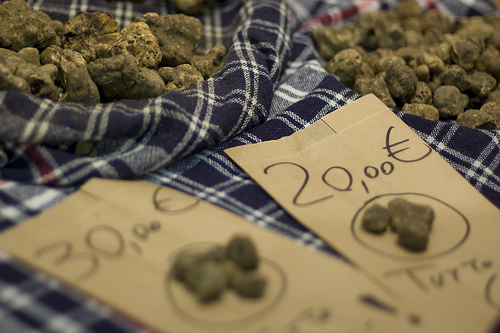
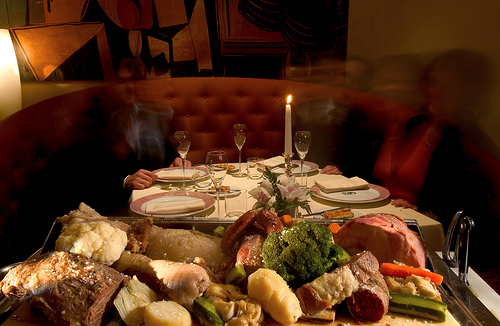
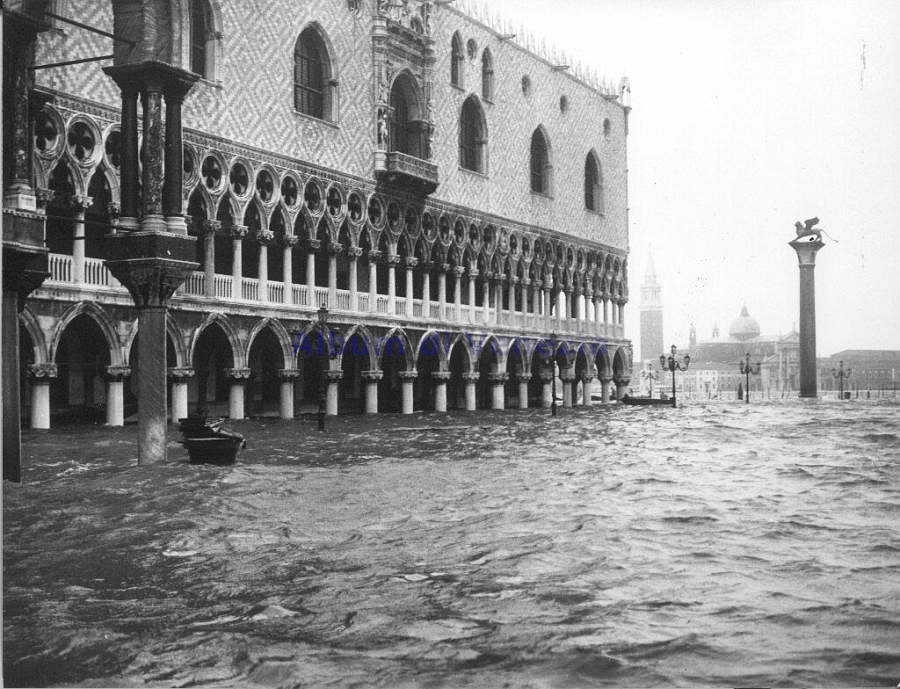
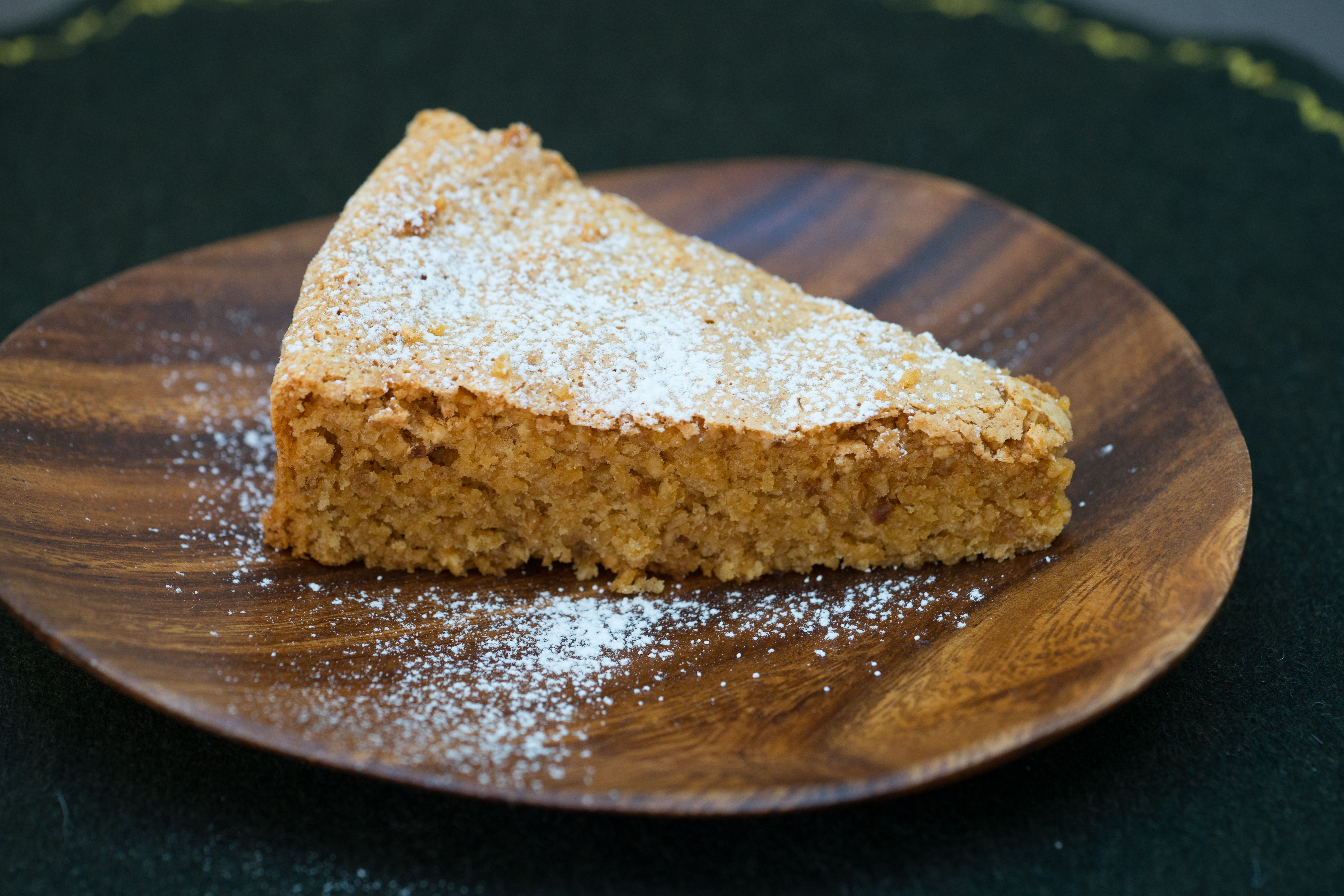
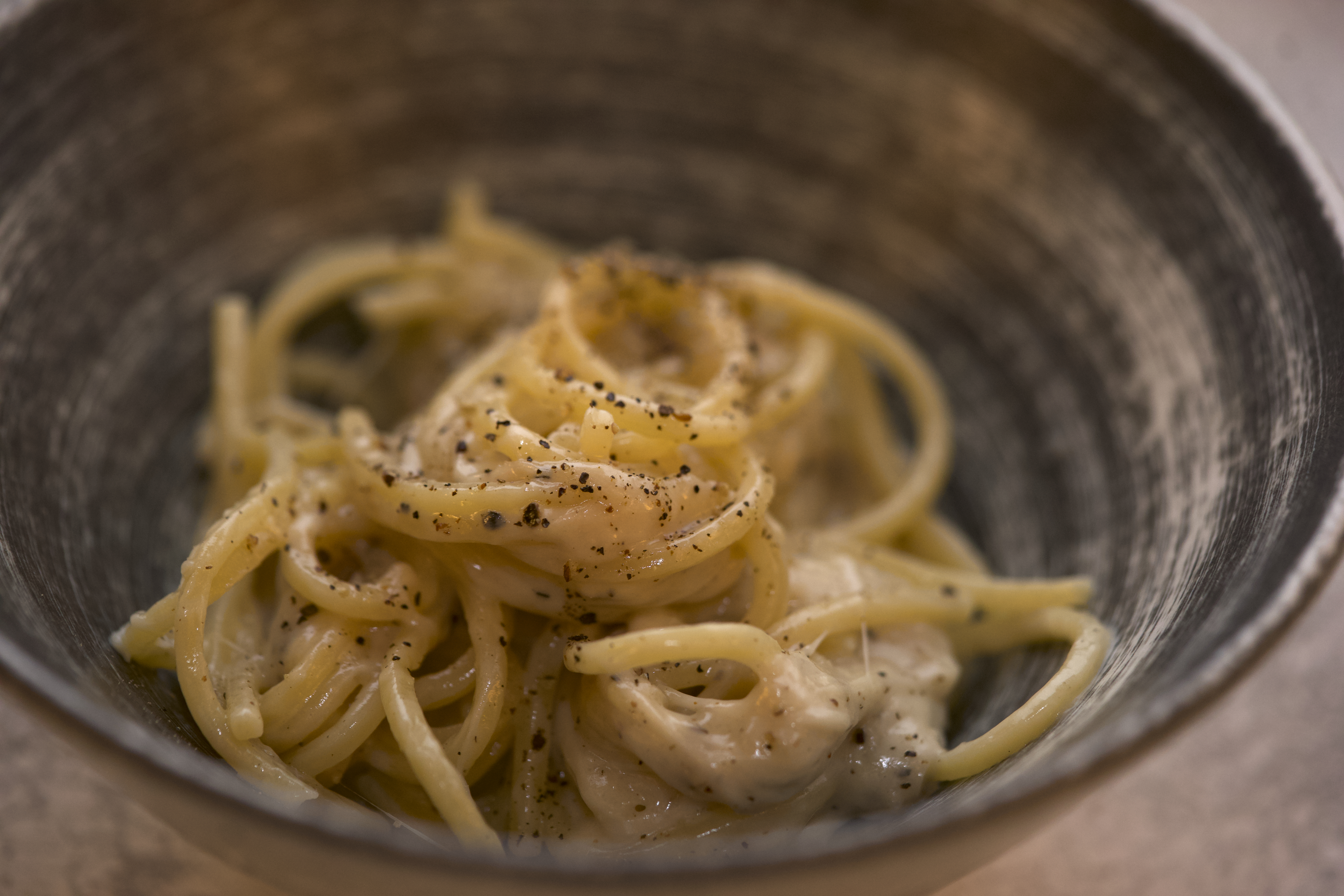
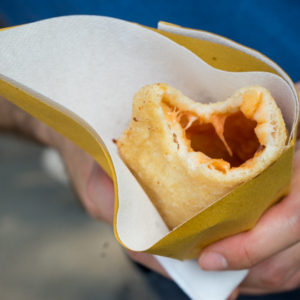
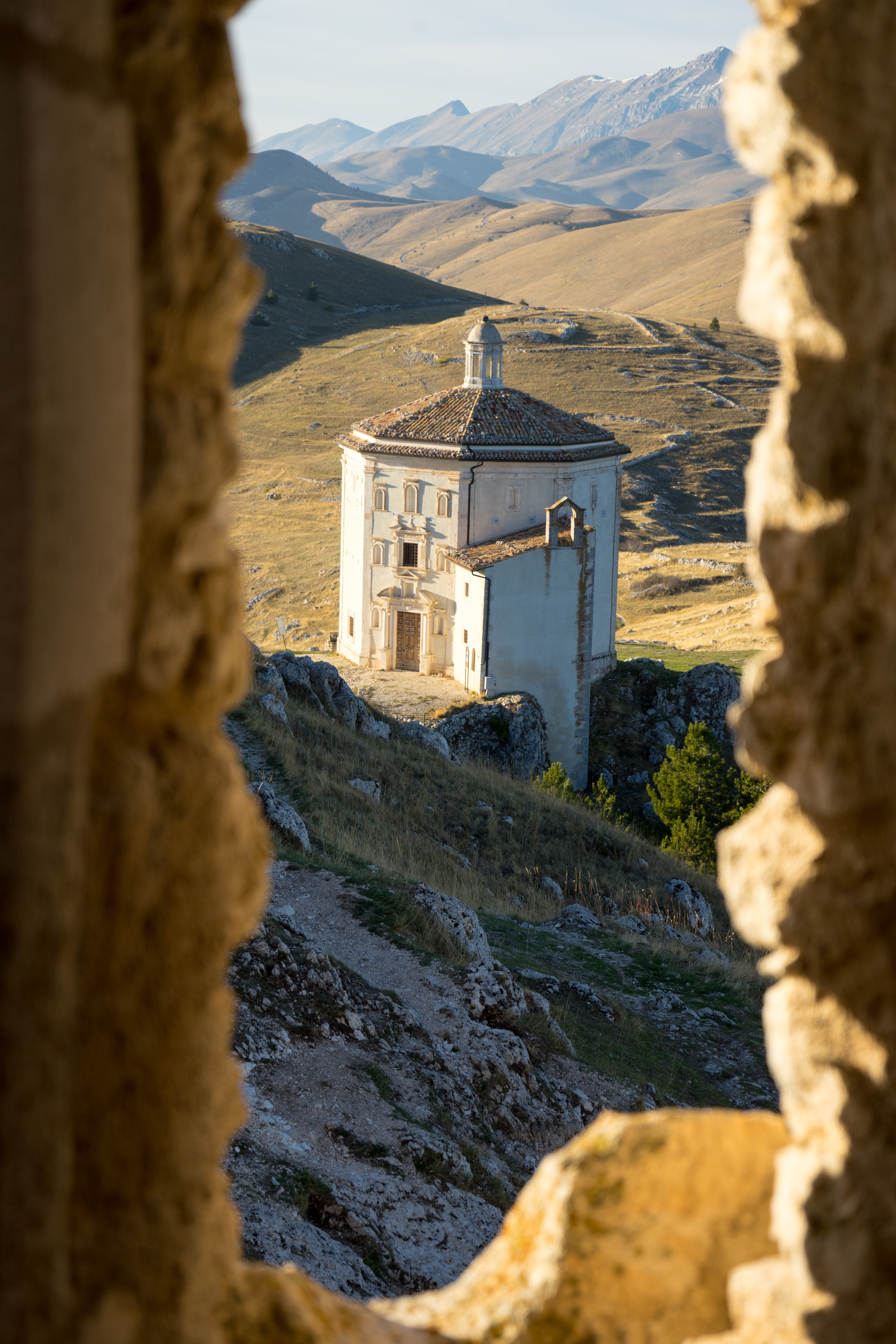
Leave a Reply